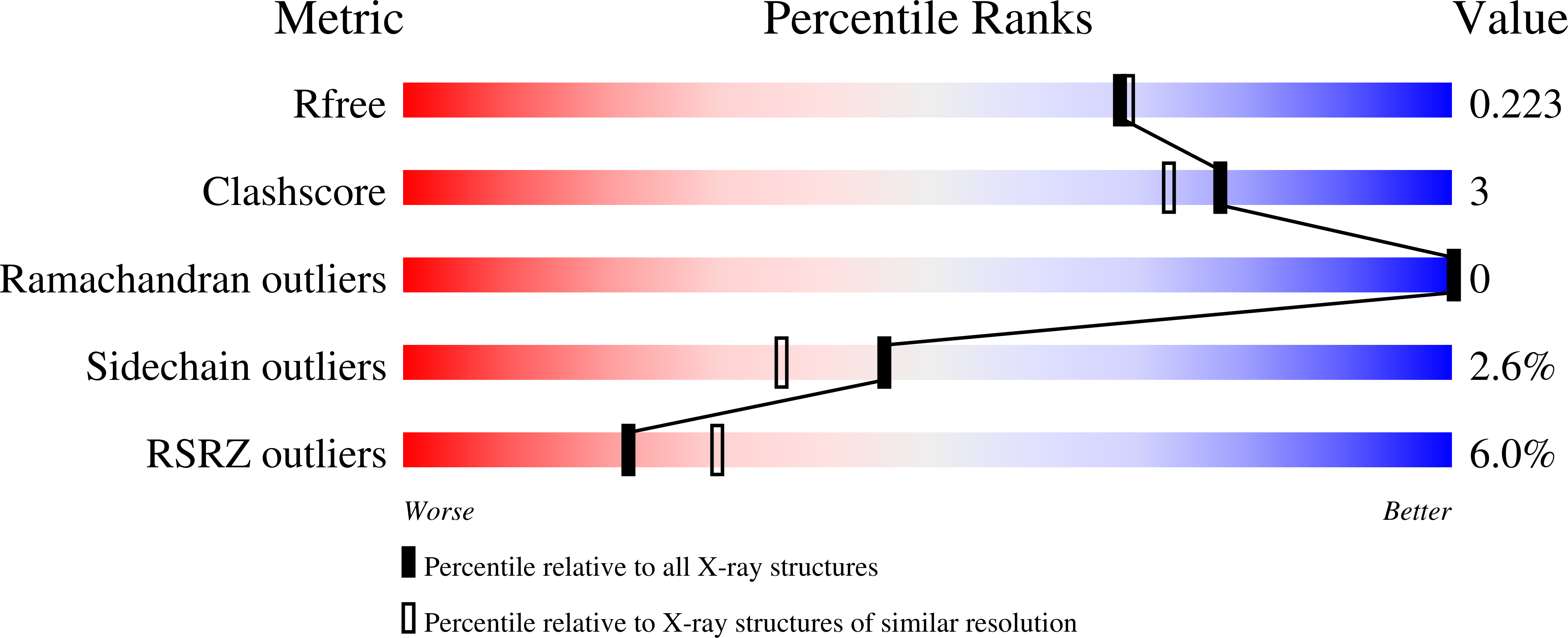
Deposition Date
2023-04-19
Release Date
2023-07-05
Last Version Date
2023-08-23
Entry Detail
PDB ID:
8OSP
Keywords:
Title:
GCN5-related N-Acetyltransferase from Lactobacillus curiae
Biological Source:
Source Organism:
Lactobacillus (Taxon ID: 1578)
Host Organism:
Method Details:
Experimental Method:
Resolution:
1.95 Å
R-Value Free:
0.22
R-Value Work:
0.18
R-Value Observed:
0.18
Space Group:
P 1 21 1


